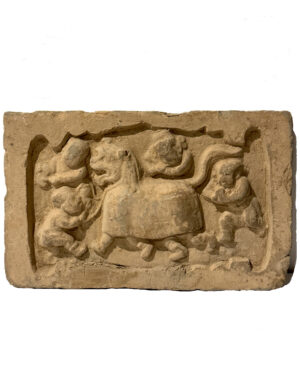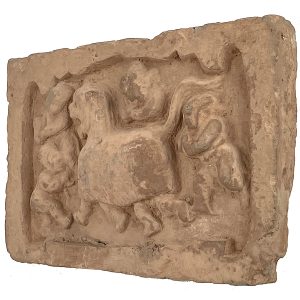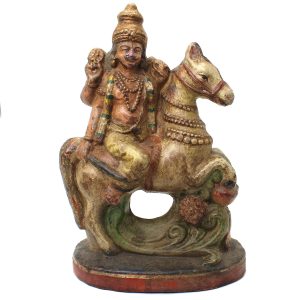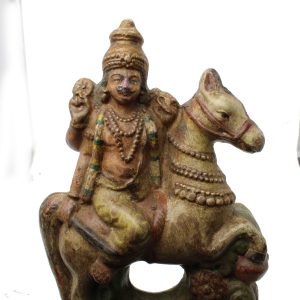Showing 25–31 of 31 results
-


$155.00
Although most famous for Christian burials, people of all religions were interred in the catacombs due to a shortage of land and demand for burial space after a switch from cremations to underground burials in the 2nd century A.D. Roman made closed earthenware terracotta lamps became the dominant oil lamp style in the Roman world…
-
Sale!


$485.00 Original price was: $485.00.$395.00Current price is: $395.00.
The Song dynasty (960–1279) is considered the most culturally brilliant era in later imperial Chinese history. A massive expansion during this dynasty produced government, public and religious buildings and tombs with walls decorated with earthenware unglazed mold-made brick tiles. Some were purely decorative and others were wishes for happiness and comfort in the deceased’s afterlife…
-
Sale!


$465.00 Original price was: $465.00.$350.00Current price is: $350.00.
H: 6.26″ W: 9″ D: 1.625″ | CALL 213-568-3030 OR EMAIL [email protected] FOR SHIPPING.
This late Song brick tile portrays a feasting couple with a figure points to a stylized image of a bat flying (for good luck) in the sky.
-
Sale!


$495.00 Original price was: $495.00.$395.00Current price is: $395.00.
H: 7.25 ” W: 11.5″ D: 1.75 ” | FREE SHIPPING WITHIN CONTINENTAL U.S.!
Song brick tiles like this decorated government, public and religious buildings, often depicting mythical animals, auspicious objects and holiday celebrations. This tile shows a traditional lion dance performed at Chinese New Year to attract prosperity and good luck for the coming year.The lion is flanked by 2 frightened children and a person in anjali mudra, symbolizing composure that could counter balance the children’s fear.
-
Sale!


$495.00 Original price was: $495.00.$325.00Current price is: $325.00.
H: 7” W: 5” D: 2.75” | FREE SHIPPING WITHIN CONTINENTAL U.S.
This Song earthenware tile depicts the legendary scholar, poet and alchemist Taoist deity Lu Dongbin, one of the Eight Immortals, who sought to discover the elixir of immortality and used charms still used in Chinese homes to prevent illness and ward off evil. He and his fly whisk are auspicious symbols of longevity and a wish for immortality. Firecrackers, are traditionally used to celebrate the Chinese New Year, to bring in wishes for a safe and prosperous year, scare away evil and provide pleasure for the ancestors’ spirit.
-


$105.00
Earthenware terracotta pottery has played a significant role in the cultural, religious and artistic traditions of India for centuries. Indian terracotta images are considered spiritual, mystical and auspicious as Hindus believe terracotta incorporates the five natural elements of air, fire, earth, water and metal. Made with a bivalve mould that is hand luted and hand…
-


$145.00
Earthenware terracotta pottery has played a significant role in the cultural, religious and artistic traditions of India for centuries. Indian terracotta images are considered spiritual, mystical and auspicious as Hindus believe terracotta incorporates the five natural elements of air, fire, earth, water and metal. Made with a bivalve mould that is hand luted and hand…
End of content
End of content













